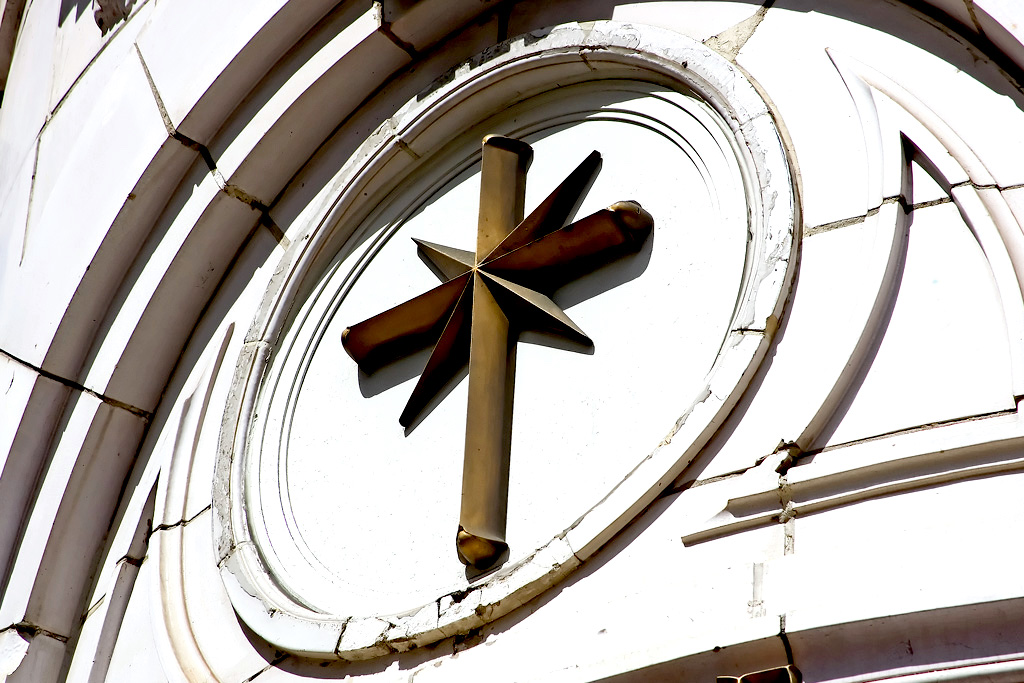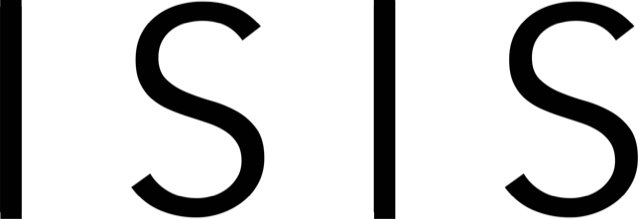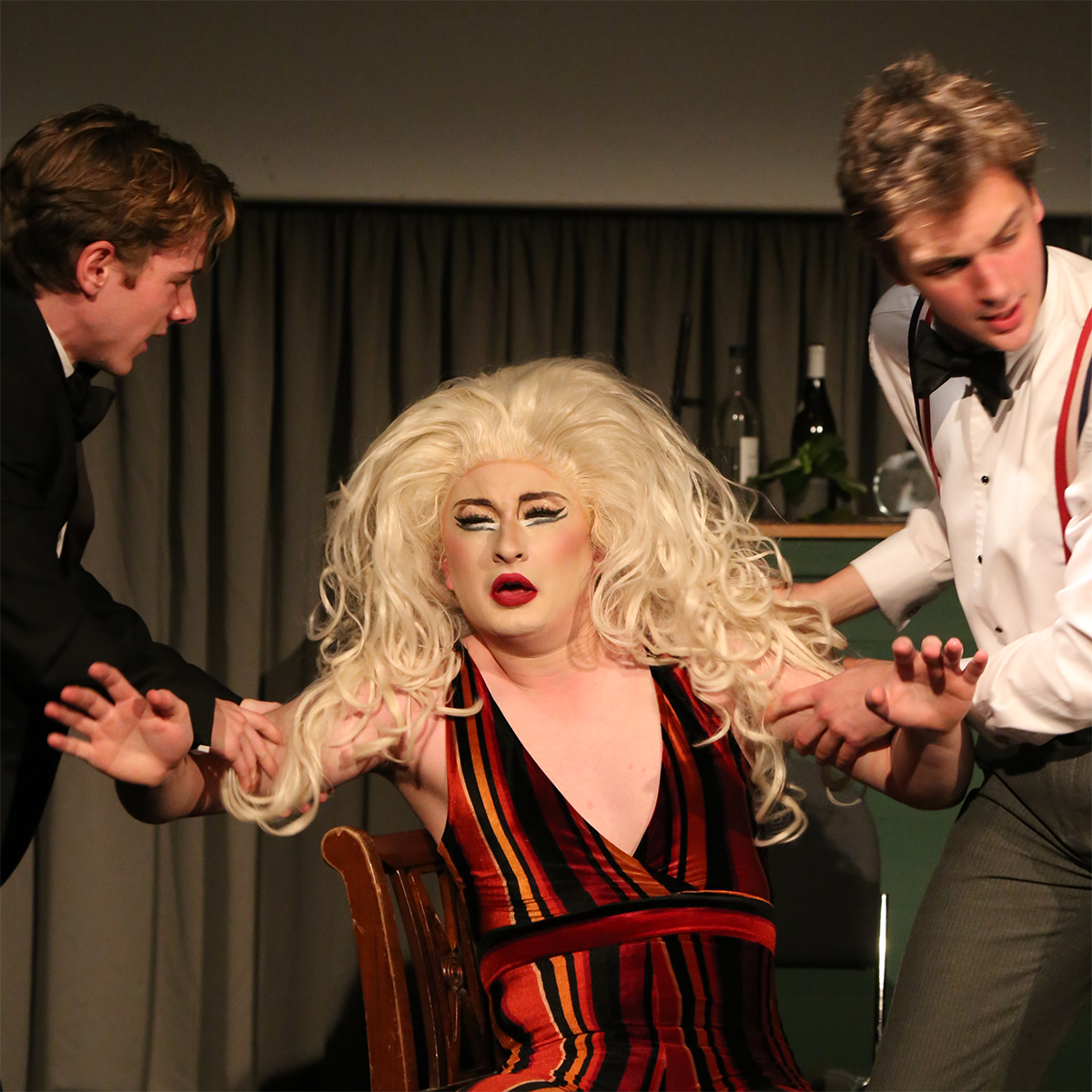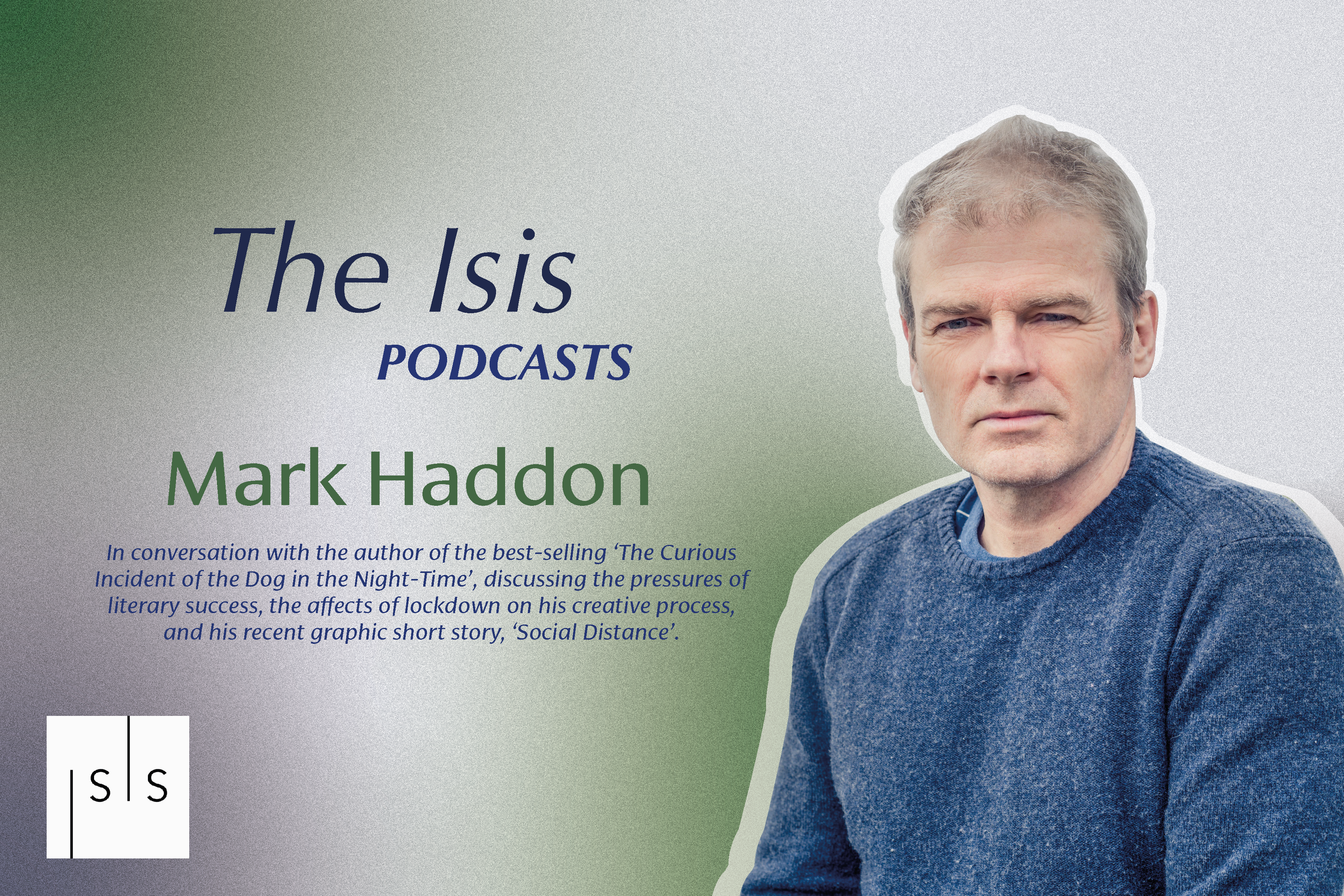
Window-Shopping for Enlightenment: A Tour around London’s Church of Scientology
“Discover your true potential,” beckoned the golden, beatific faces on the screens lining the building. Rain dribbled, with the occasional whip of wind, as I looked up: “The Church of Scientology” emblazoned in gothic script over a shield. After some pirouetting indecision, and a furtive glance up and down the street, I went in.
The hall was grand, and empty. The decor was bizarre: retro-futuristic and toothpaste-white. Marble pillars framed the reception. They recognised my hesitation and materialised beside me – friendly, but quite intense. Questions came fast, and disarmingly did not follow my answers. Before long I had filled out a few forms, given them a friend’s email and number, and another man, Bill, was wagging my hand enthusiastically. I was pretty sure we were wearing the same roll-neck, which seemed portentous, but the tour had already begun.
Bill had the fitful eloquence of someone who memorises soundbites. He was well drilled: this was American salesmanship. Firm handshake; guiding hand on shoulder; a little bit of “between you and me, buddy…” But the eyes jarred. They bulged, as if something was pushing them out from behind. Belief, probably. He’d clearly been trained to ask a lot of questions, but really he wanted to talk about himself – to convince me of a version of him. Since becoming a Scientologist, his IQ had gone up by 40 points – to 160 – and the severe asthma that had troubled him since childhood was “as good as gone”. His eyes searched mine for scepticism as I made politely admiring noises. He saved his trump for last: he no longer needs to work anymore and can spend all his time volunteering at the church because his company – Bill’s Gutters – now runs itself. Drops of sweat were trailing down his bald head like millipedes.
We went up in the lift – to the top floor. Others came in and out; everyone was very nice indeed. We walked past the library where banks of people were listening to headphones, the cables of which wormed into holes in the desks, as if feeding into a hive intelligence. They were listening to the founder Ron Hubbard’s writings – The Master himself. The cables started to look like strings. Bill asked me whether I was religious. I felt a tightening anxiety as he collected information about me. I said no, and he made a joke about all that baby Jesus being born on Christmas day stuff being pretty far-fetched.
Bill made a lot of jokes, and they were hit-and-miss. He laughed a lot too, for a strangely long time, and I felt like I had to match him laugh-for-laugh because he never took his eyes off me. He made one joke about all those immigrants coming over here, taking our jobs, shagging our wives, and I wondered what made him think I would like that. It can’t have been the roll-neck. The pitch seemed to be winding down at this point – the 20 ways to happiness; the eight dynamics of life; the three components of the self – and we paused to admire a room of glass cubicles in which people were practising therapy (‘auditing’) on teddy bears. Bill treated this like the most ordinary thing in the world. Some people were getting quite animated; others were taking a more comforting approach. Bill told me they projecting their “reactive selves” onto the teddy bears, effectively giving themselves therapy, and that different styles work for different people, although they encourage them to keep it calm. He spoke quietly and then gently guided me away, as if we had been overlooking a nursery.
Bill set me down in front of a film while he fetched a personality test. It was an extraordinarily badly acted clip about “dianetics”, which sounded a lot like therapy, but “definitely isn’t”. There were sunsets, nature shots, twangling instruments, and an All-American voiceover. Bill returned and I tore myself away: the test had 200 yes/no/maybe questions which veered from the mundane – “Do you often sing or whistle just for the fun of it?” – to the frankly extreme – “Is your life a constant struggle for survival?”
My answers were taken for processing and Bill invited me to their New Year’s Eve party. I said sure, maybe, thanks, then something about my dog, and I left. My results are probably ready by now. In spite of it all, I am curious.
Image Daniel Winningham







